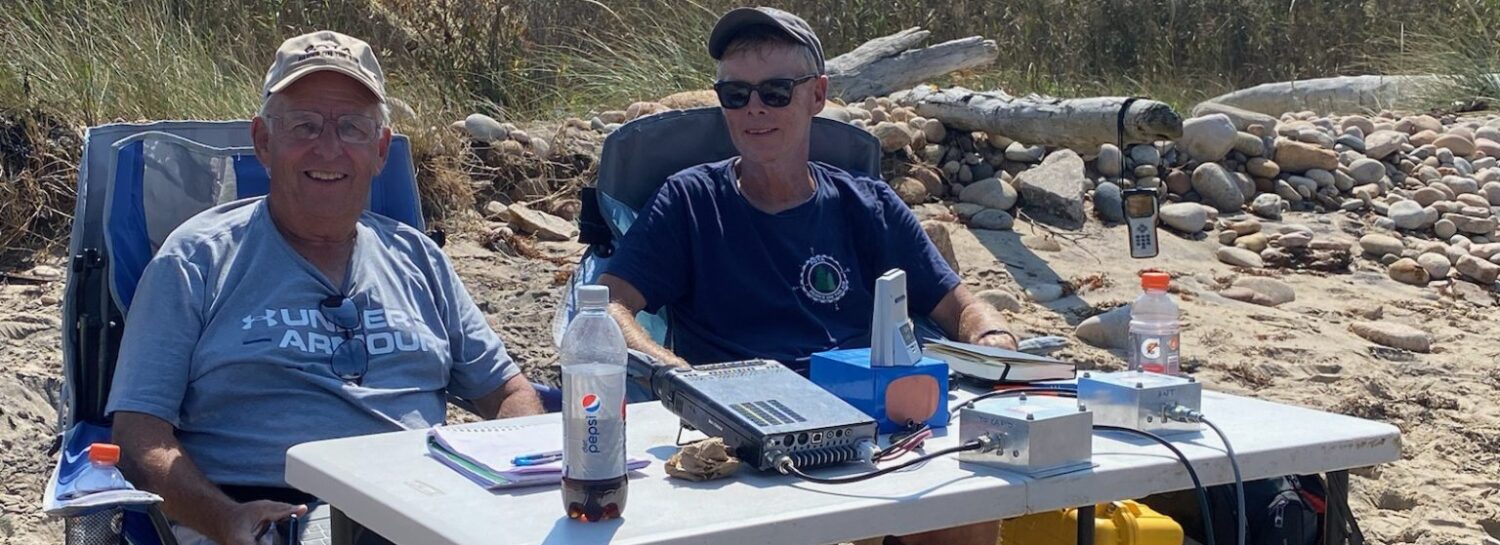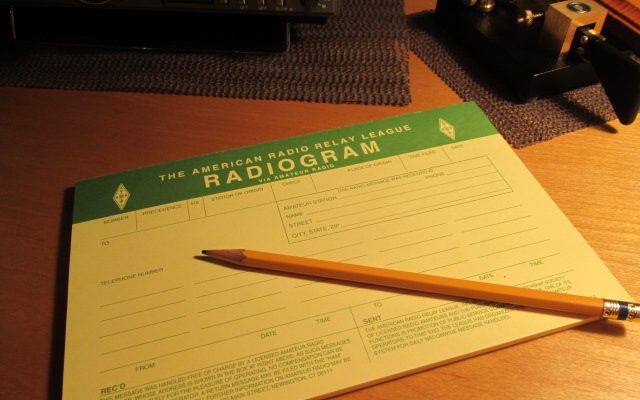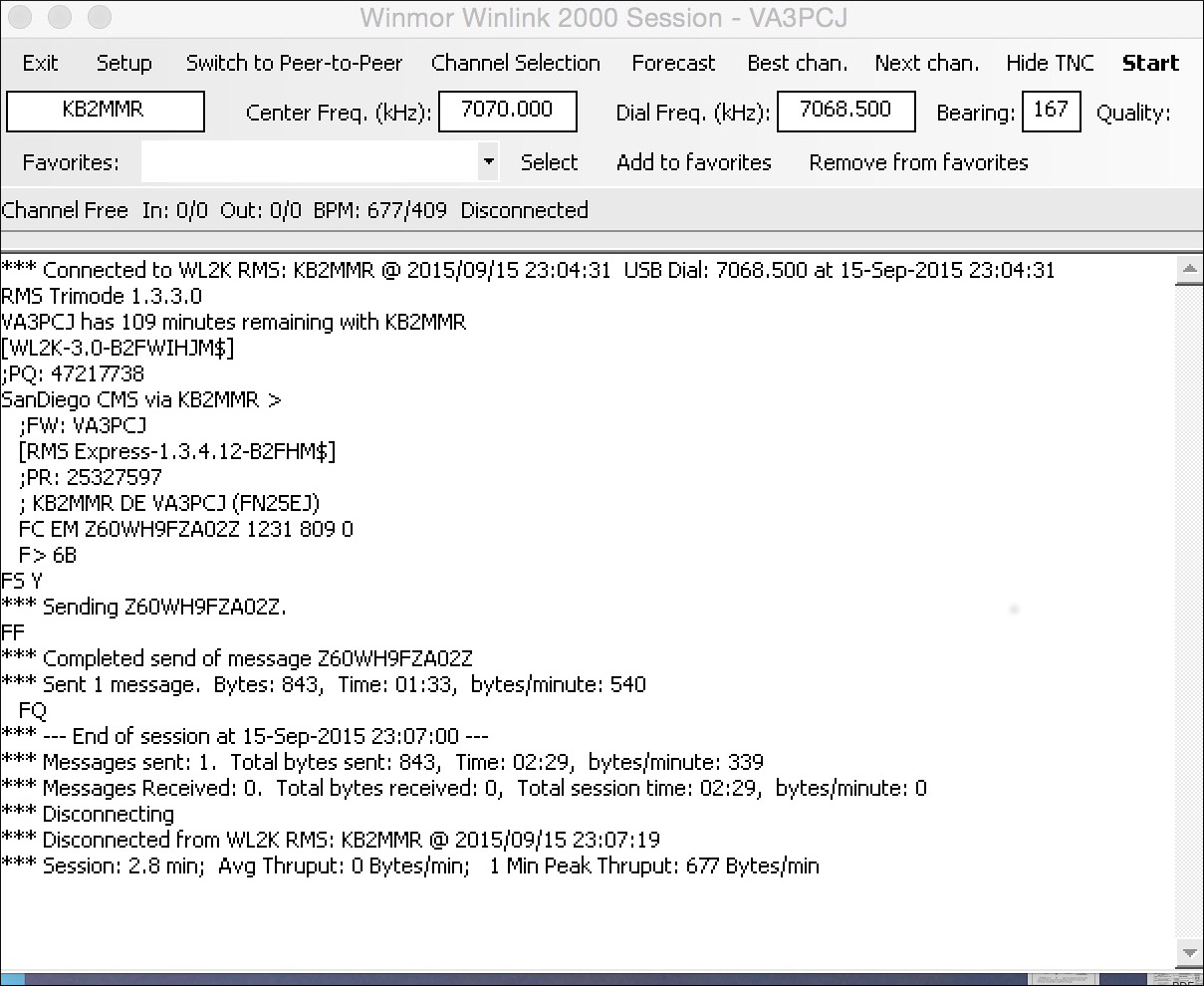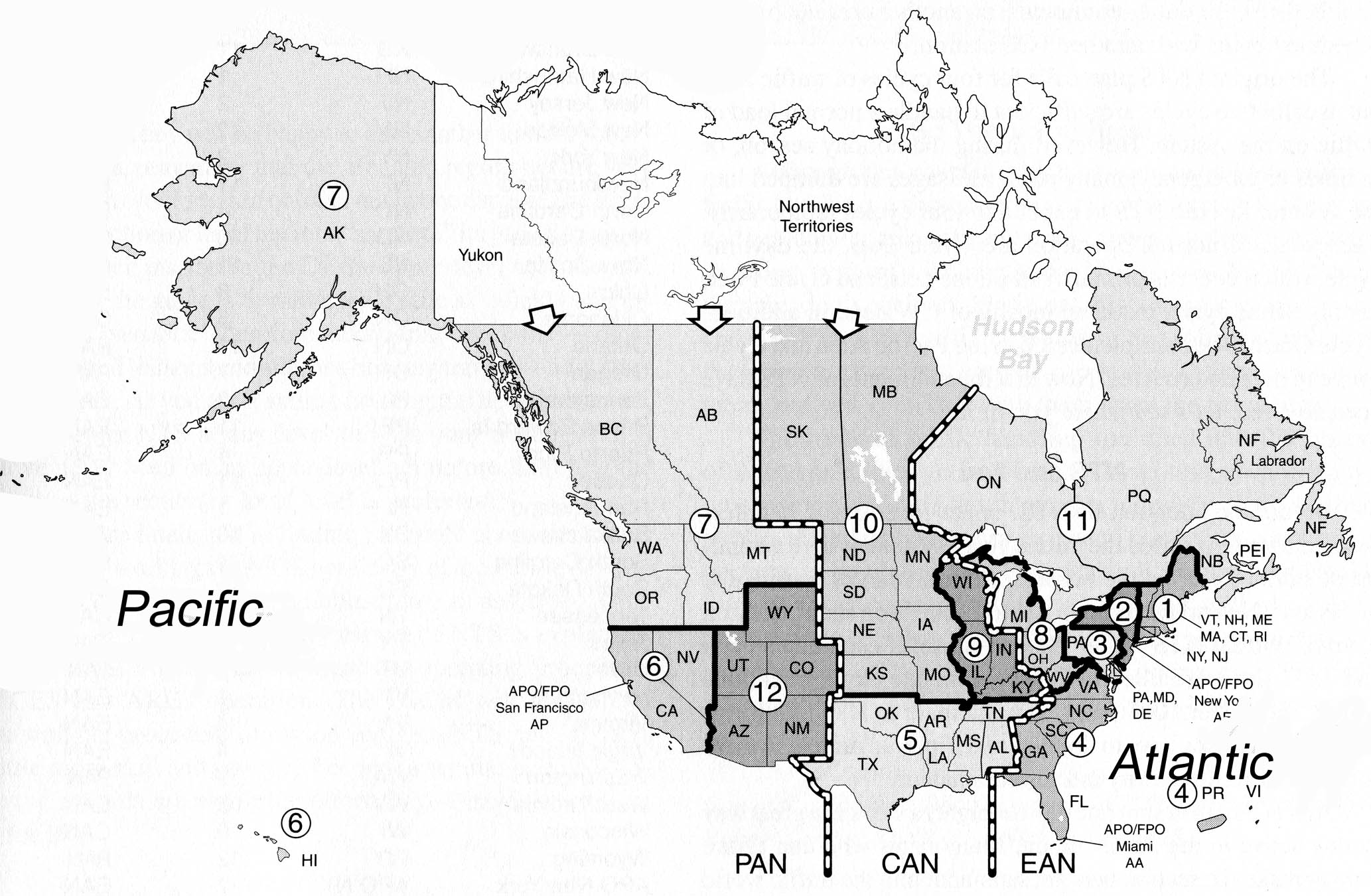Contents
Contact
Marcia Forde, KW1U
Section Traffic Manager
10 Digital Way Unit 10117
Maynard, MA 01754
kw1u@arrl.net
Introduction
The National Traffic System (NTS) is an organized network of amateur radio operators sponsored by the American Radio Relay League for the purpose of relaying messages throughout the U.S. and Canada.
During normal times, these messages are routine greetings (“Happy birthday Aunt Mary”) and keep the system well oiled and the operators trained so that everything works when needed. When there is an emergency or disaster NTS works closely with the Amateur Radio Emergency Service to provide emergency communications. The most common type of disaster-related messages are “health and welfare” inquiries and notifications into and out of the area affected by the disaster. In time of disaster, it is easy to expand the system by simply creating additional meeting times for the nets with high volume, or by setting up a specific “trunk line” between two points.
History
Traffic passing by formal relay (via amateur radio) originates from the founding of the American Radio Relay League. The NTS as it exists today was first outlined by George Hart, W1NJM in “New National Traffic Plan: ARRL Maps New Traffic Organization for All Amateurs” as part of the September 1949 issue of QST. While traffic passing between amateur radio operators was nothing new, Hart’s system extended coverage of traffic capability in a uniform manner across the U.S. and Canada, creating formal section and area nets devoted to handling NTS-organized traffic.
Organizational structure
 NTS is defined using geographic areas. The U.S. is divided into areas that approximate time zones. Areas are divided into regions, and regions into sections that correspond to a state. Each of these subdivisions has nets for collecting and distributing traffic. A net is nothing more than a time of day and a radio frequency where the appropriate group of amateur operators can meet to send the messages on their way. ARRL Radiogram traffic typically begins and ends its journey at local nets, often through nearby repeaters. Local nets typically involve city or county-wide coverage on VHF (2-meter band) or UHF (70 cm band), and although the ARRL does not endorse a single mode for traffic passing, messages are typically relayed by voice at this level.
NTS is defined using geographic areas. The U.S. is divided into areas that approximate time zones. Areas are divided into regions, and regions into sections that correspond to a state. Each of these subdivisions has nets for collecting and distributing traffic. A net is nothing more than a time of day and a radio frequency where the appropriate group of amateur operators can meet to send the messages on their way. ARRL Radiogram traffic typically begins and ends its journey at local nets, often through nearby repeaters. Local nets typically involve city or county-wide coverage on VHF (2-meter band) or UHF (70 cm band), and although the ARRL does not endorse a single mode for traffic passing, messages are typically relayed by voice at this level.
Representatives from section nets relay traffic collected from local nets up to the appropriate region net, or relay to a nearby section for further delivery. Messages are exchanged between section and region representatives, which are then passed to area nets, the highest level in the system. Nets at these upper levels usually take place on HF band modes for their distance capabilities (e.g. 80, 40 meters) and can be passed by voice, CW, digital, and even packet modes.
As traffic trickles back down through the area, region, section, and local nets, messages are typically delivered via a local telephone call, depending on handling instructions. Messages can also be delivered by hand or via message carrier, including the postal service, however Part 97 dictates that ham radio operators cannot receive financial restitution for their service. If a message is undeliverable, handling instructions may dictate that a service message be originated back to the sending station.
[from Wikipedia.org]Public Service Honor Roll
Each month in QST‘s Field Organization Reports column, the Public Service Honor Roll (PSHR) recognizes the efforts of Amateur Radio operators who are active in many aspects of public service. This includes net operations, traffic handling, emergency operations and public service communication support. There are chances that you’re already involved with some aspect of Amateur Radio that would apply to the Public Service Honor Roll (PSHR).
Take a look at these categories and descriptions to see where your Amateur Radio activities fit in. At the end of each calendar month, just add up your qualifying points. If it reaches the 70-point level (or more), you’ve qualified for the Public Service Honor Roll! Report the good news with your call sign and monthly PSHR point total to your ARRL Section Manager or Section Traffic Manager. The ARRL section leaders, in turn, would forward the report onto ARRL Headquarters so that Headquarters staff may prepare these for listing in the Field Organization Reports segment of QST‘. [via http://www.arrl.org]
For additional details, see http://www.arrl.org/public-service-honor-roll.
NTS Nets in Massachusetts
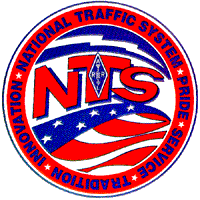 The Eastern and Western Massachusetts and Rhode Island sections operate these traffic nets to relay formal radiogram traffic:
The Eastern and Western Massachusetts and Rhode Island sections operate these traffic nets to relay formal radiogram traffic:
- Cape & Islands Traffic Net (CITN)
- Central Massachusetts 2 Meter Net (CM2MN)
- Eastern Massachusetts 2 Meter Net (EM2MN)
- Heavy Hitters Traffic Net (HHTN)
- Mass Rhode Island CW Net (MARICW)
- Mass Rhode Island Phone Net (MARIPN)
- Mass Rhode Island Digital Net (MARIDN)
NTS Leadership
- Section Manager (SM) – Jon McCombie, N1ILZ
- Section Traffic Manager (STM) – Marcia Forde, KW1U
- Assistant Section Traffic Manager (ASTM) East Mass – Michael Ford WZ0C (NTS/ARES Liaison)
- Assistant Section Traffic Manager (ASTM) East Mass – Peter Doherty KC1HHO (Training)
- Net Manager, MARICW: Marcia Forde, KW1U
- Net Manager, CITN: Tim Doyle W1TCD
- Net Manager, CM2MN: John Griswold, KK1X
- Net Manager, EM2MN: Peter Doherty, KC1HHO
- Net Manager, HHTN: Bob Sparkes KC1KVY
- Net Manager, MARIPN: Ralph Devlin, N1LAH
- Net Manager, MARIDN: Jon McCombie, N1ILZ
Official Relay Station Appointees
A list of Eastern MA Official Relay Stations can be found on the ARRL Hq. appointee database.

